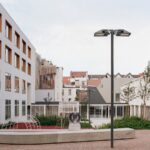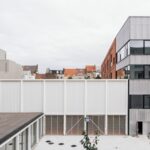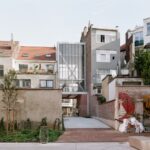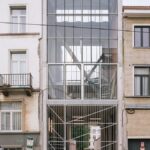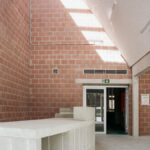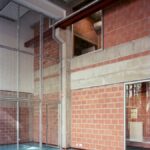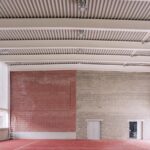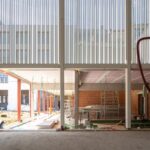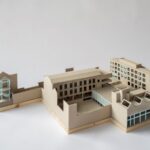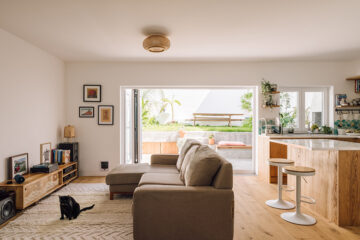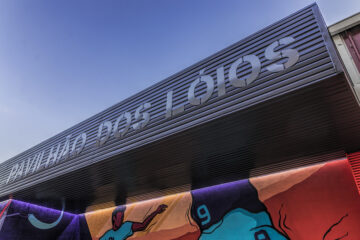Revitalizing Urban Spaces: ECAM Youth Center in Saint-Gilles, Belgium
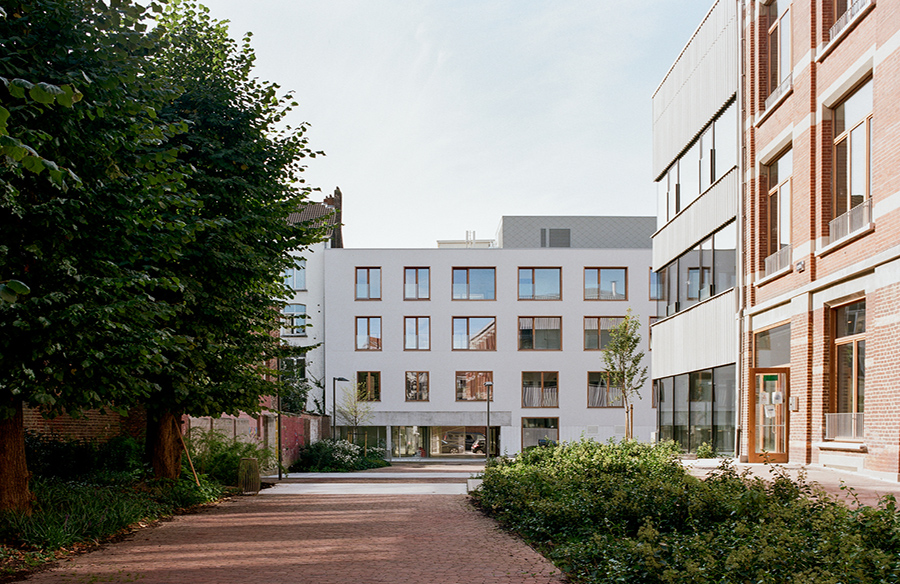
AgwA’s ECAM project, nestled in Saint-Gilles, Belgium, stands as a testament to the power of architectural diversity in fostering community engagement. Encompassing recreational, educational, and communal aspects, this project collaboratively involves multiple organizations, emphasizing the adaptability of a shared space by diverse users.
A Shared Vision for Community Spaces
The ECAM project brings together various entities, including youth services, early childhood facilities, sports city services, extracurricular associations, a scholastic library, and a youth center. This collaborative approach, where distinct needs coexist harmoniously, showcases AgwA’s adeptness in creating versatile spaces that enrich the experiences of its diverse occupants.
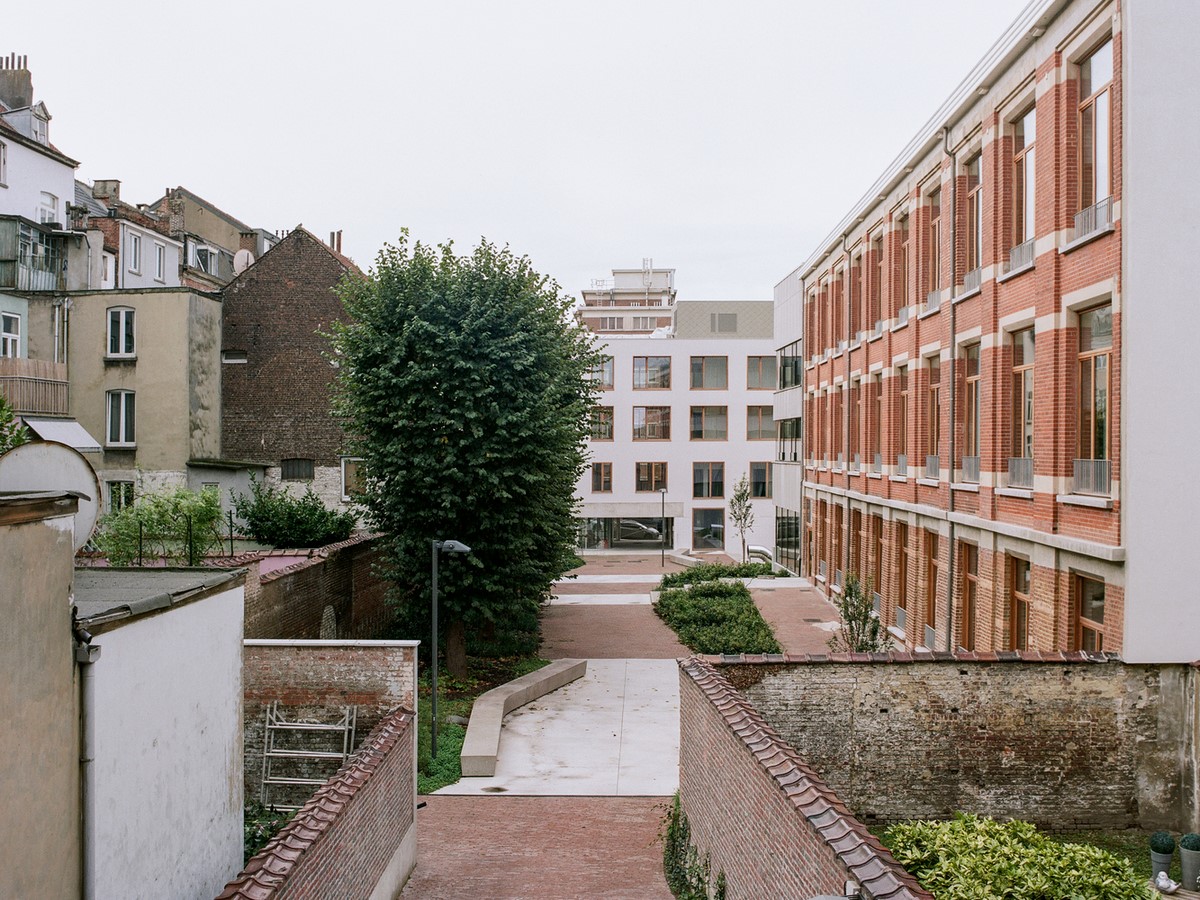
Weaving Urban Fabric: Integrating Old and New
AgwA’s architectural prowess unfolds in its ability to seamlessly integrate with the existing urban fabric. Leveraging the typology of Brussels’ housing blocks, the project extends the principle of parcel-based divisions to the interior, allowing both outdoor and built spaces, old or new, to cohabit. The result is a vibrant urban setting reminiscent of a village, fostering natural coexistence between different scales and functions.
Opening Blocks for Connectivity and Access
The primary movement within the project is centered around opening the block, offering residents the opportunity to traverse the space, engage with the park, and partake in various activities. With entrances from three different streets, variations in levels, and a thoughtfully landscaped walkway, the outdoor space becomes a mediator for access and user interaction. This educational, cultural, and social initiative breathes life into the neighborhood while maintaining a strong connection with the residential block it inhabits.

Architectural Typology for Urban Integration
AgwA’s commitment to respecting existing aesthetics is evident in their typological study of the site. Rather than standardizing all buildings, they embraced architectural complexities, resulting in varied entrance systems that enhance the richness of access to the site. This meticulous approach ensures that the urban project seamlessly integrates into its environment, addressing the unique urban challenges of the block.
Sustainability and Community Focus
For ECAM, sustainability is not just an architectural choice but a commitment to long-term community well-being. Optimal utilization of existing structures, minimizing new construction, and a focus on passive criteria for the newly built areas underscore the project’s sustainable approach. Beyond technical aspects, sustainability is reflected in the architecture’s emphasis on outdoor spaces, spatial structure legibility, human-scale design, flexibility of use, and accessibility.

Creating Urban Biodiversity Reserves
ECAM’s commitment to environmental quality extends to the creation of a biodiversity reserve within the city. By minimizing impermeable surfaces, establishing storm basins, and promoting plant diversity, the interior of the block transforms into a thriving ecosystem.
AgwA’s ECAM Youth Center exemplifies how architectural innovation, coupled with a community-centric approach, can redefine urban spaces, creating environments that cater to diverse needs while fostering sustainable practices and biodiversity.



